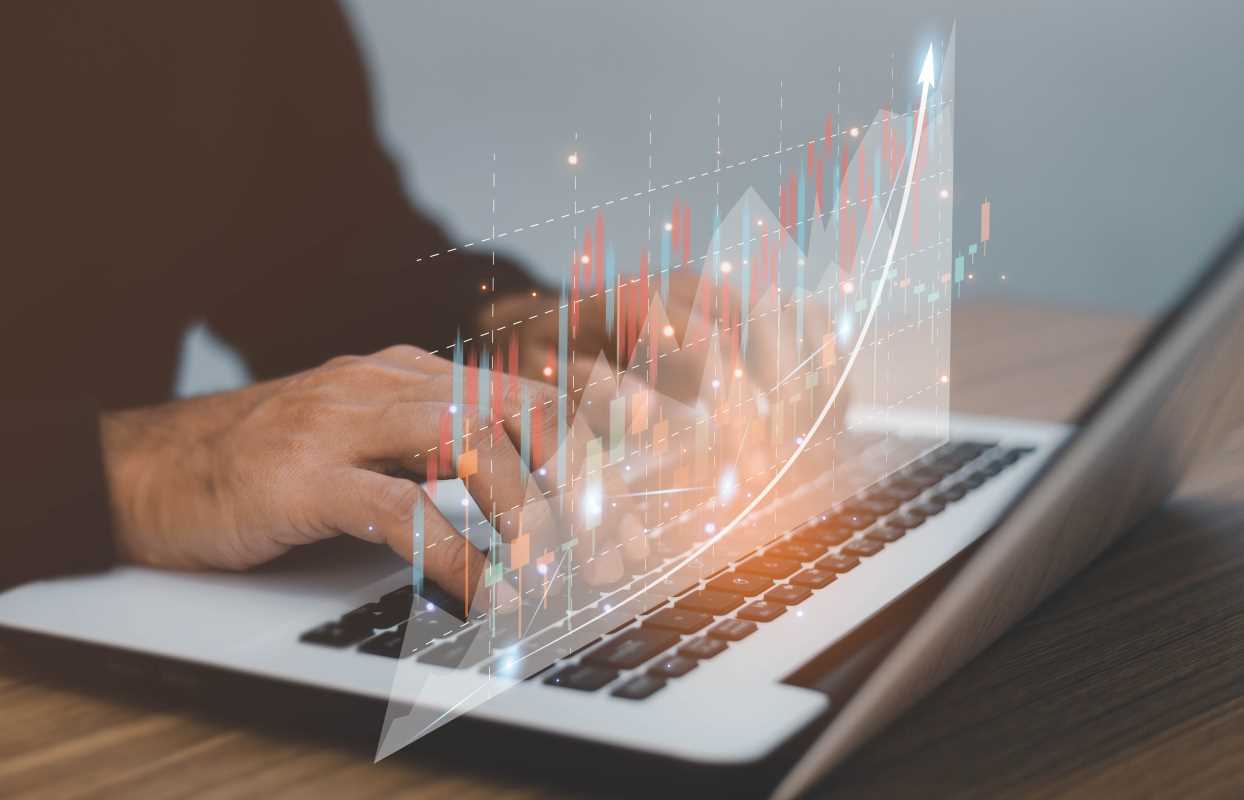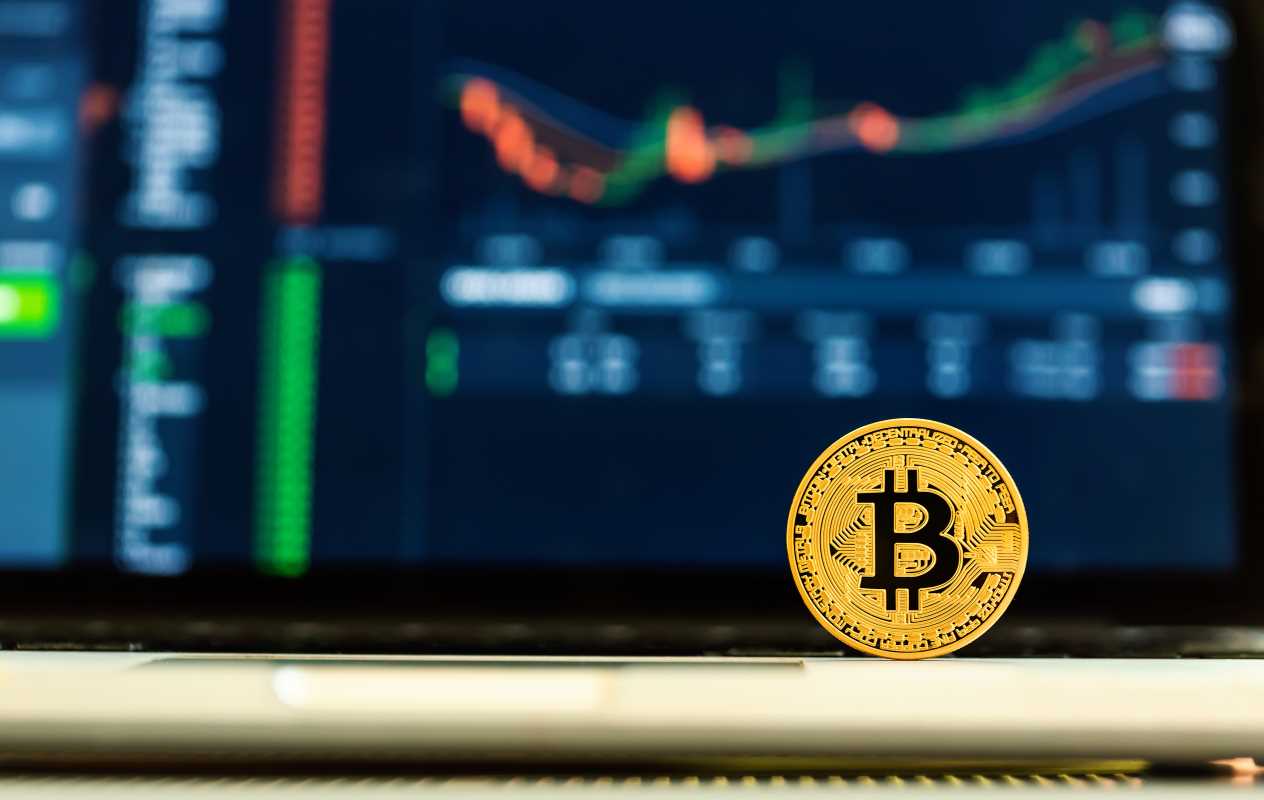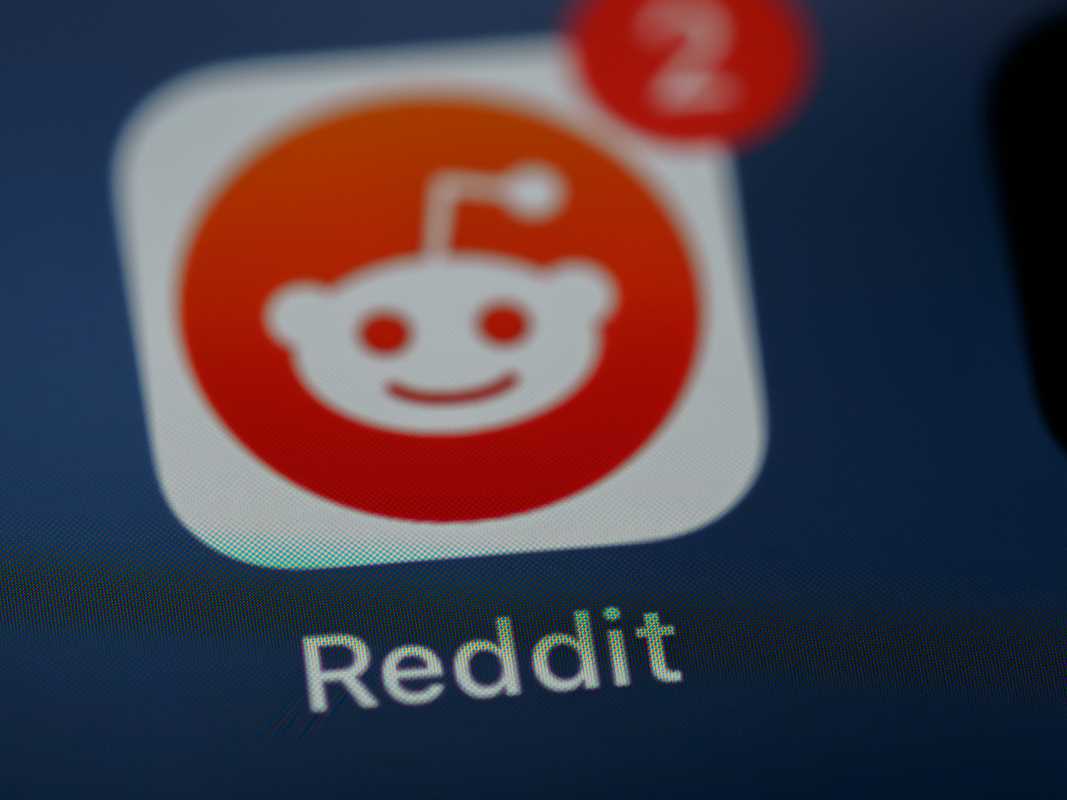Inflation may no longer dominate headlines as it did during its peak in the early 2020s, but it continues to shape the financial landscape. With an annual inflation rate of 2.8% as of February 2025, prices are rising more slowly than during the pandemic, yet they still exceed the Federal Reserve’s 2% target. This slight imbalance means your money doesn’t stretch as far as it once did, keeping staples like housing and food costly. But what’s causing inflation to linger, and what can you do about it? We'll explore the major drivers of inflation in 2025, its effects on everyday life, and the strategies you can use to protect your finances during these challenging times.
What Is Inflation?
Inflation is the rate at which the prices of goods and services increase over time. It erodes the purchasing power of money, meaning that over time, a dollar buys less than it used to. For example, if inflation is 2%, an item that costs $100 this year will cost $102 next year. Economists use tools like the Consumer Price Index (CPI) to measure inflation by tracking the prices of everyday items such as food, housing, and transportation.
Moderate inflation is a sign of a healthy economy. The Federal Reserve, for instance, aims for a 2% annual inflation rate as an indicator of balanced growth. Problems arise, however, when inflation rises above this target persistently. While today’s 2.8% rate is far below the pandemic-era highs of over 9% in mid-2022, it remains high enough to impact household budgets and financial decisions.
What’s Driving Inflation in 2025?
Tariffs and Trade Policies
Tariffs are a significant contributor to current inflation. These taxes on imports increase costs for businesses, which often pass those additional expenses onto consumers. For example, the latest round of tariffs on Canada, China, and Mexico affects a wide range of goods, from raw materials like steel to everyday products. Recent estimates suggest that tariffs are adding about 0.2% to the annual inflation rate in 2025 and costing the average U.S. household approximately $1,200 per year.
Tariffs also indirectly drive up costs. Businesses reliant on imported materials face higher production expenses, which ripple through supply chains. Higher steel costs can make cars and construction projects more expensive. Increased costs for imported consumer goods impact the retail sector. These effects compound over time, keeping prices elevated across the economy.
Labor Shortages
Despite easing from pandemic levels, labor shortages remain a thorn in the side of many industries. Reduced immigration and shifting workforce dynamics have created gaps in sectors like healthcare, hospitality, and logistics. To attract and retain employees, businesses have had to raise wages. That’s good news for workers but can result in higher operating costs for employers. These costs are often passed along to customers in the form of higher prices.
Sticky Core Inflation
Core inflation, which excludes volatile categories like food and energy, remains a challenge in 2025. Prices for housing, healthcare, and education have shown little sign of falling. Economists refer to this as “sticky inflation” because these costs tend to be slow to decline, even after periods of economic stabilization. Housing costs continue to climb as demand outpaces supply. Healthcare providers face higher labor and supply chain costs, contributing to elevated prices for consumers.
Energy Prices
The good news? Energy prices, which were a significant inflationary driver in 2022, have moderated. Oil prices are now on a downward trend, reducing costs at the pump and for transportation overall. While energy costs are no longer a primary inflation contributor, they still play a role. For example, transportation and manufacturing processes reliant on energy can see cascading effects if there is even a slight fluctuation in oil or gas prices.
How Inflation Affects Everyday Life
Inflation shows up in numerous ways, some more noticeable than others. Even as the overall rate has moderated, many individuals and families continue to feel its effects in their day-to-day expenses.
Food and Groceries
Food prices remain stubbornly high due to a combination of global trade disruptions, tariffs, and supply chain inefficiencies. Basics like eggs, grains, and dairy continue to cost more than they did pre-pandemic, leaving households with steeper grocery bills.
Housing Costs
The housing market remains a significant pressure point. Renters are still grappling with rising rental rates, and prospective homebuyers face elevated prices combined with higher mortgage rates.
Transportation
Transportation costs, including vehicle prices, insurance, and maintenance, remain elevated. While gas prices have decreased, the impact of tariffs on industrial materials like steel has contributed to inflated vehicle manufacturing costs. Additionally, supply shortages in the used car market have further complicated matters.
Healthcare
Healthcare expenses have climbed, partially due to labor shortages and rising costs for medical equipment and pharmaceuticals. For families, this translates into higher insurance premiums, copays, and out-of-pocket costs for essential care.
Savings and Investments
Inflation can erode the value of savings over time. Unless your savings account or investments yield returns that exceed the inflation rate, your purchasing power gradually declines. This makes financial planning and investment strategy more important than ever.
How to Protect Your Finances During Inflation
Create a Flexible Budget
Evaluate your spending and identify areas to cut back or save. Focus on covering necessities like housing, food, and healthcare while trimming discretionary expenses like dining out or streaming subscriptions.
Build an Inflation-Proof Emergency Fund
Aim to maintain three to six months’ worth of essential expenses in a high-yield savings account. This helps shield you from unexpected costs and the erosion of purchasing power.
Diversify Your Investments
Inflation-resistant investments like Treasury Inflation-Protected Securities (TIPS), commodities, real estate, or dividend-paying stocks can help protect and grow your wealth during times of rising prices.
Increase Your Income
Consider negotiating a raise, exploring freelance opportunities, or investing in skills that can boost your earning potential. An extra income stream is a powerful tool for staying ahead of inflation.
Spend Strategically
Shop sales, compare prices, and use discount apps when making purchases. Buying in bulk for non-perishable items can also help you lock in lower prices ahead of future increases.
Advocate for Policy Changes
Support policies aimed at reducing inflationary pressures, such as reforms to trade agreements, investments in workforce development, and affordability initiatives for housing and healthcare.
Inflation in 2025 may not be as severe as it was during its peak, but it continues to affect households across the country. By understanding the influencing factors and taking proactive financial steps, you can better manage your budget and investments in a challenging economic climate. With smart planning and a focus on long-term goals, you can weather the lingering effects of inflation and secure greater financial stability.







